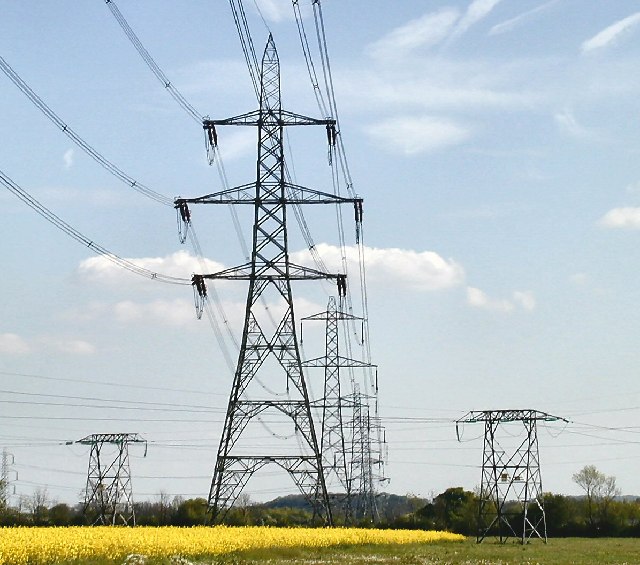(This post originally appeared on Resources for the Future’s Expert Forum on EPA’s Clean Power Plan, on October 2, 2014)
The proposed Clean Power Plan identifies the “best system of emission reduction” to address carbon pollution from power plants as comprised of four building blocks: (1) efficiency improvements at coal-fired power plants; (2) shifts in utilization away from higher-emitting fossil plants towards lower-emitting fossil plants; (3) deployment of zero-carbon generation sources such as wind and solar; and (4) harvesting demand-side energy efficiency improvement opportunities.
This system best satisfies the statutory command of the Clean Air Act, which directs EPA to identify the system that maximizes emissions reductions, considering cost and impacts on energy and other health and environmental outcomes.
This system also reflects what is happening across the country (and indeed, around the world) to reduce carbon pollution—states and companies are using the interconnected electric system as a whole to cut carbon pollution, deploying zero- and low-emitting generation and reducing reliance on high-emitting generation, and doing so flexibly to ensure that reliability is maintained and emissions reductions are achieved cost-effectively.Fifteen states wrote to EPA Administrator Gina McCarthy as the Clean Power Plan was being developed to describe the success they have had in deploying this system, cutting carbon pollution from power plants by 20 percent between 2005 and 2011, with some states achieving reductions of over 40 percent during that period.
Renewable energy is our future.
More than 60,000 megawatts of wind energy capacity have been installed in 39 states and an additional 12,000 megawatts are under construction. Wind power capacity in the United States has increased nine times over since 2005, supporting over 80,000 jobs and driving a new manufacturing sector with over 550 facilities across the country. Solar generating capacity is also rising rapidly—increasing by 418 percent between 2010 and 2014. PG&E has connected more than 100,000 customers with solar panels to the grid, saving the average residential customer with solar panels $130 a month. Costs of renewable generation have been falling rapidly, and power companies such as Xcel, DTE, MidAmerican, Georgia Power, and Austin Energy have announced renewable energy purchases that are outcompeting fossil-fueled alternatives and that will lower customer bills by saving fuel costs.
The Clean Power Plan’s assessment of the potential for renewable energy to reduce carbon pollution bases state targets on an average of existing renewable energy policies in different regions of the country. By taking this approach—effectively looking backward—the proposal fails to reflect the dynamism in renewable energy deployment that is happening across America, and fails to satisfy Section 111’s technology-forcing framework.
The proposed alternative approach, which would consider the technical and economic potential to harvest renewable energy in each state, has the potential to better reflect the country’s vast renewable energy resources. The analysis underlying the alternative approach needs to be updated to reflect current technologies (such as taller wind turbines and distributed generation) and current costs (which are falling rapidly).
An up-to-date analysis of the technical and economic potential for renewable energy to cut carbon pollution will provide a strong legal and technical foundation for the Clean Power Plan, and help facilitate our transition to the clean energy–fueled economy of the future.










 Do you get a sense of déjà vu when you hear the fossil fuel industry arguments against the Environmental Protection Agency’s new climate change plan? You’re not imagining things – we’ve heard these many, many times before.
Do you get a sense of déjà vu when you hear the fossil fuel industry arguments against the Environmental Protection Agency’s new climate change plan? You’re not imagining things – we’ve heard these many, many times before.


 EPA’s Clean Power Plan,
EPA’s Clean Power Plan,